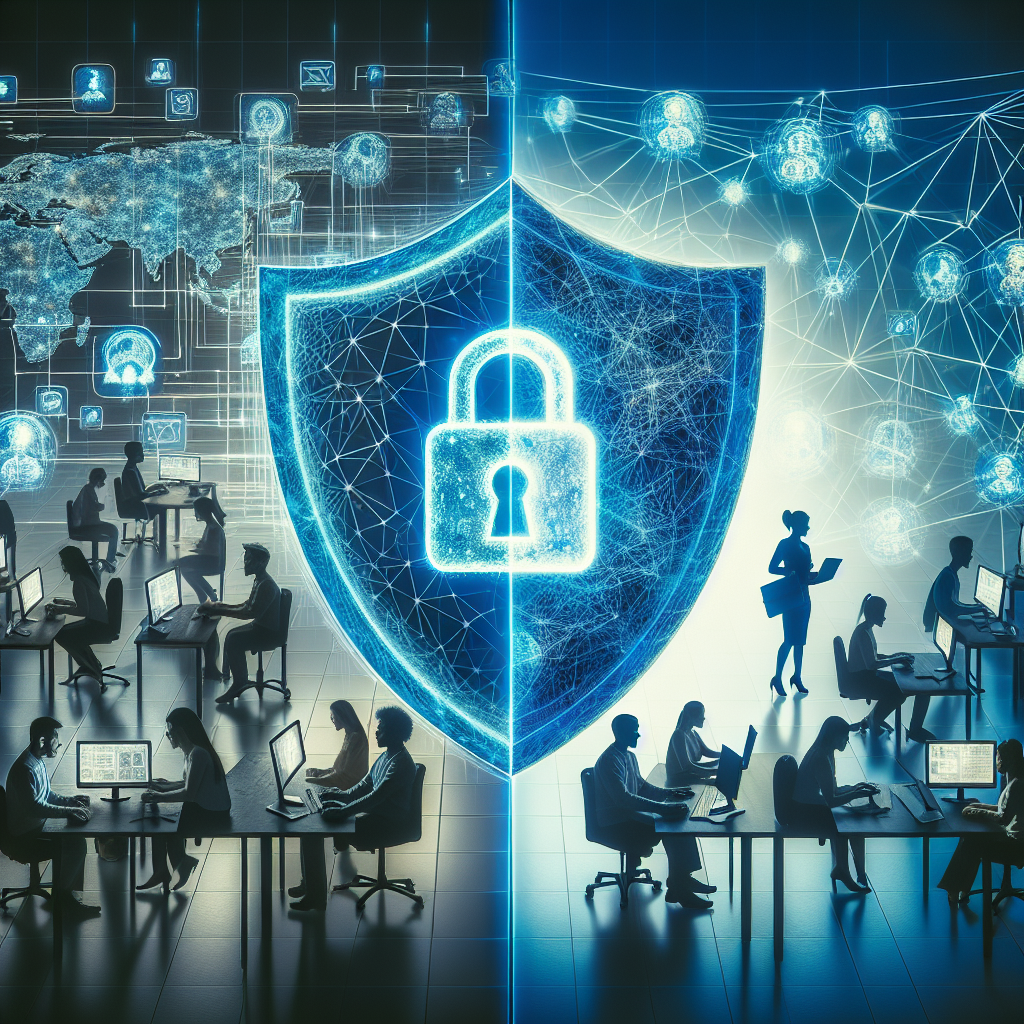The shift towards remote work has accelerated in recent years, with the global pandemic being a major driver in this transition. While remote work offers many benefits such as increased flexibility and work-life balance, it also presents new challenges when it comes to cybersecurity. As employees access company networks from their homes or other remote locations, the risk of cyber threats increases. In this article, we will discuss best practices for securing your network in the age of remote work.
One of the first steps in securing your network for remote work is to establish a secure connection for remote access. Virtual private networks (VPNs) are a common tool used to create secure connections between remote employees and the company network. VPNs encrypt data transmitted between the user’s device and the company network, protecting it from potential hackers or cyber threats. It is important to ensure that all employees are using a VPN when accessing company resources remotely.
Another important aspect of securing your network for remote work is to implement strong authentication measures. Multi-factor authentication (MFA) is widely used and recommended for remote access. MFA requires users to provide two or more forms of authentication, such as a password and a one-time code sent to their mobile device, before they can access company resources. This adds an extra layer of security and helps to prevent unauthorized access.
Regularly updating software and systems is also crucial for maintaining network security. Software updates often contain security patches that address vulnerabilities that could be exploited by cyber attackers. Encouraging employees to regularly update their devices and ensuring that company systems are up to date can help protect against potential cyber threats.
Educating employees about cybersecurity best practices is another important step in securing your network. Many cyber attacks target employees through social engineering tactics such as phishing emails or malicious websites. Training employees to recognize and report suspicious emails or websites can help reduce the risk of falling victim to these attacks. It is also important to establish clear policies and procedures for remote work, such as guidelines for using personal devices for work tasks and rules for accessing company resources remotely.
Regularly monitoring network activity and conducting security audits can help identify potential vulnerabilities and threats. Utilizing security monitoring tools and implementing intrusion detection systems can help detect and respond to potential threats in real time. It is important to have a plan in place for responding to cyber incidents and to regularly test this plan to ensure it is effective.
In conclusion, securing your network in the age of remote work requires a multi-faceted approach that includes implementing secure connections, strong authentication measures, regular software updates, employee training, and monitoring network activity. By following these best practices, organizations can better protect their networks and data from potential cyber threats in the remote work environment.

